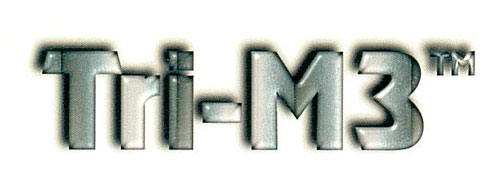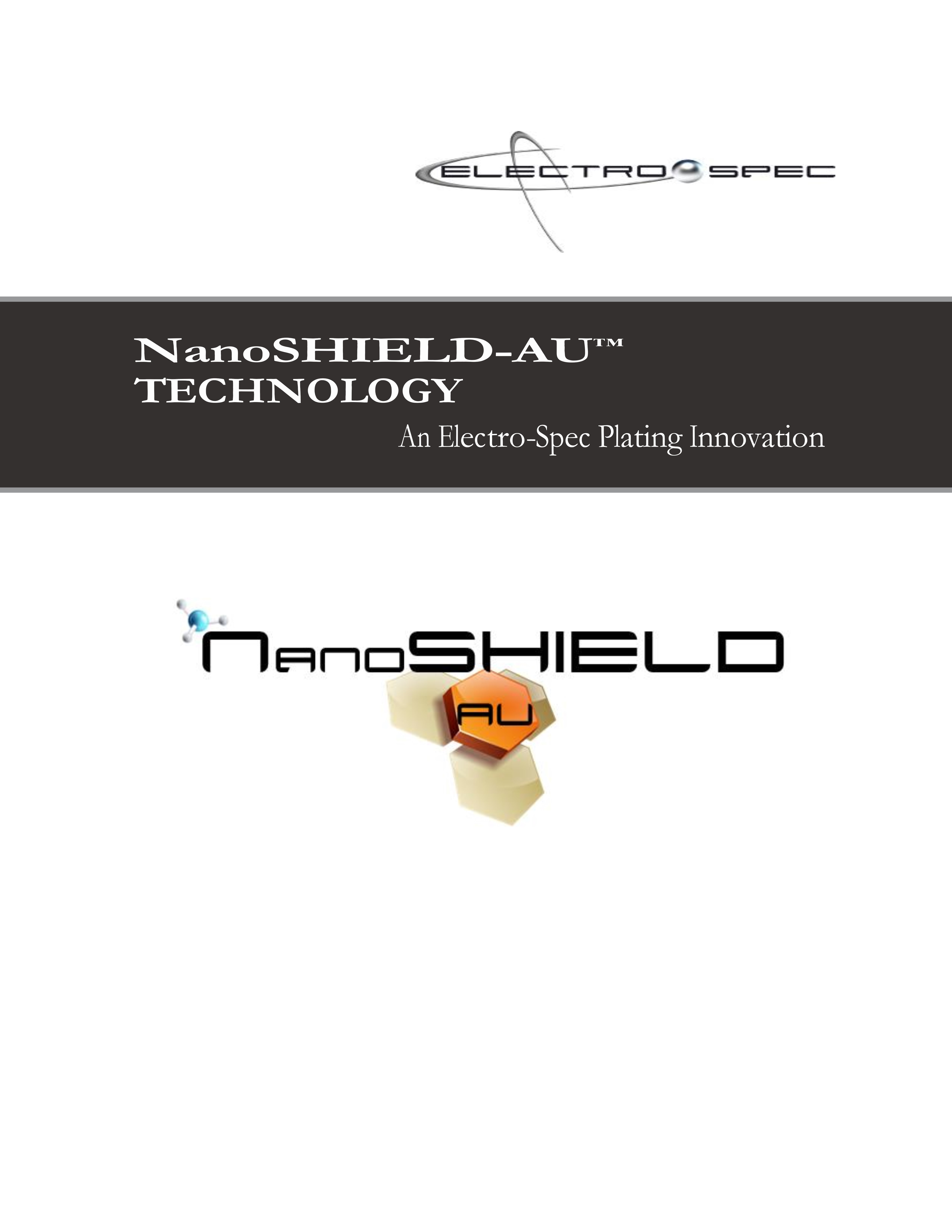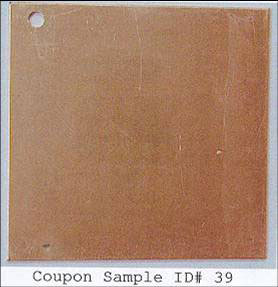While single-metal plating has been used for many years for a variety of industries, “White Bronze” or tri-metal (Tri-M3) plating is quickly becoming a suitable alternative. White Bronze plating offers superior corrosion resistance, low electrical resistance, non-magnetic properties, and extremely high hardness characteristics. It’s a less expensive approach to using silver and offers definitive health safety advantages compared to nickel. Due to its cost effectiveness and performance White Bronze is rapidly becoming the preferred plating for RF Connectors.
White Bronze centers around an alloy ratio of 55% copper, 30% tin, and 15% zinc. It offers the same bright white finish as plated alloys that contain nickel, silver, or rhodium. It produces smooth, low friction surfaces with non-porous characteristics and is also non-magnetic. White Bronze is ideal for soldering applications as it is lead-free, can be soldered with or without flux, and offers excellent leveling characteristics. The most important factor for tri-metal alloys in electroplating is the ability to control the % alloy mixture to achieve specific performance characteristics and properties. This has resulted in an increase use of White Bronze for the electronics and telecommunications industries and is a significant replacement to traditional tin and copper-tin alloy plating via silver or nickel.







